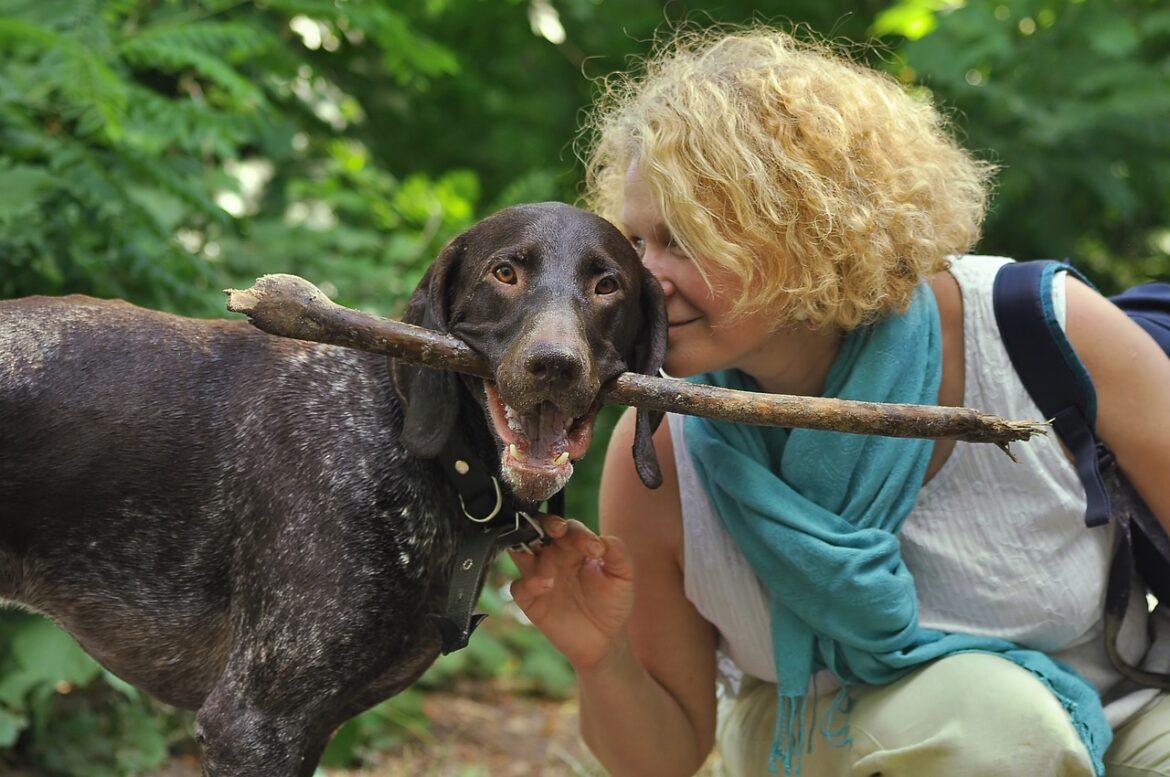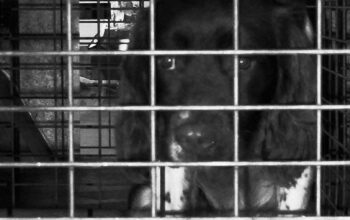When you incorporate discipline and punishment into your relationship and training with your dog, you do not become a bad dog owner.
In a perfect world, we would automatically have great relationships with our dogs, and they would be anywhere they wanted to go do whatever they wanted to do, whenever they wanted, eating what they want and taking what they want. But the reality of life is that we can’t, they can’t, nobody can. The life (of a dog’s life, a child’s life, a celebrity’s life, all life) has a balance of freedom, rules, privileges, obligations, rights and consequences.
Dogs don’t stop bad behavior because you make them watch first you eat. The terms alpha, master and pack leader have been replaced with fur – kid and infants. The answer is not always to find a higher value dog treat. Training with something called a ‘gentle leader’ doesn’t mean your dog will enjoy it. Keeping know which of the four quadrants of reinforcement you are using is useless. Is it the bottom line? Dogs do things because they can. We all allow certain things to happen, whether it’s unseen behaviour or the lack of knowing how to stop it in our dogs. It is this reason that a right balance of affection, discipline, education, punishment, expectations and rules must exist.
Discipline is not the result of bad behavior; it is to establish a set of rules, limits and expectations to prevent bad behavior. Nevertheless, from my experience, many dog owners only look to discipline their dogs after they have done something wrong. According to commonly conducted Google searches, my guess may be correct (see below). Most of the related online searches to punishment and discipline in dogs relate to what to do after the dog has done something wrong. It’s as if you get into a car accident and then immediately put on your seat belt.
A better option would be to teach your dogs how to behave so that unapproved behaviors are reduced and eliminated before they become a major problem. As an important part of discipline, punishment does not need to be scary and punishment doesn’t ruin a dog.
Punishment can exist in many forms which do not involve violence, pain, or mental scarring. Punishment is simply a penalty as retribution for an offence. Examples of punishment in dog training include removing a treat, saying NO!, withholding attention, or putting a leash and collar correction.
Now, what is the point of all this? By including discipline and punishment into your relationship and training with your dog, you do not become a bad dog owner. The average dog owner wants a happy, well-trained dog that can be enjoyed by the whole family. That requires time, effort, education, consistency, and discipline. A good dog trainer should be able to outline a program that includes all of these elements to help guide the dog owner to what they are seeking. Find a training program that makes sense to you and your family, and approach your decision-making with levelheaded thinking and save your emotions for when you praise your dog!



